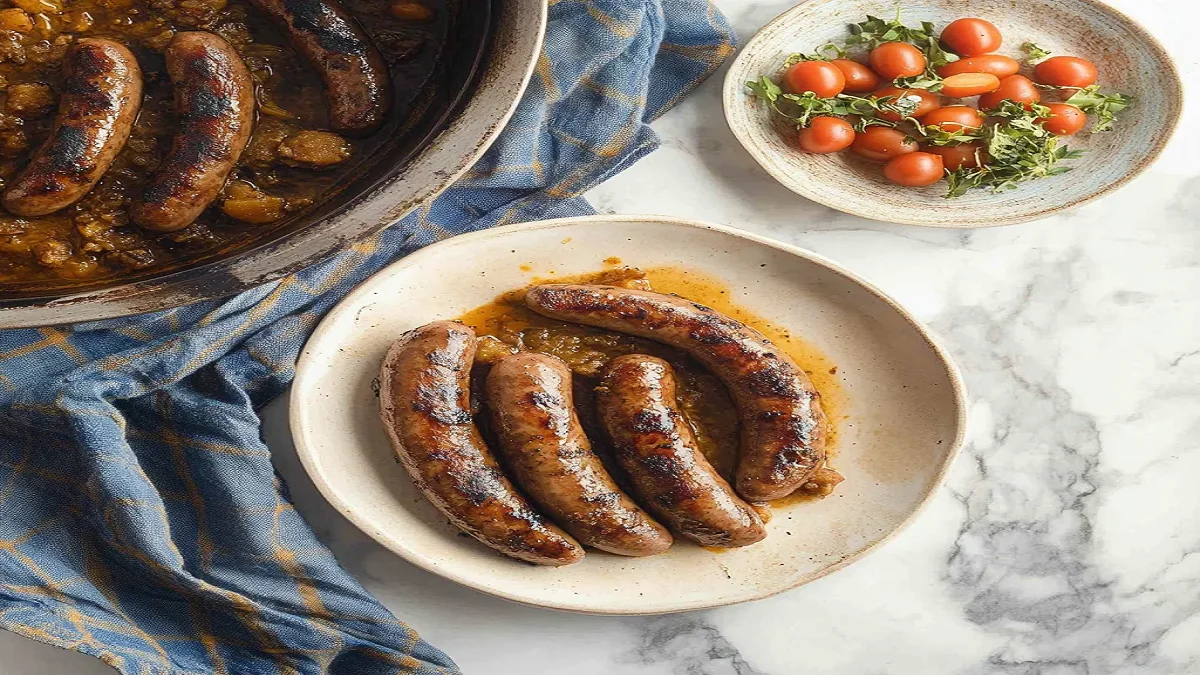If you’ve never made beef sausage at home, you’re seriously missing out. The juicy, flavorful, and slightly spiced goodness of homemade beef sausage is nothing like the stuff you get from the store. Making your own gives you full control over the ingredients, so you know exactly what’s going into your sausages—and trust me, that makes all the difference. Whether you’re a seasoned chef or a newbie in the kitchen, this beef sausage recipe will give you that homemade, delicious flavor without much fuss.
Why Make Beef Sausage from Scratch?
You might be wondering, “Why should I make my own beef sausages when I can buy them from the store?” Well, let me tell you—there are several reasons why homemade beats store-bought every time.
Control Over Ingredients
When you make sausage at home, you get to pick exactly what goes in it. No mystery meat, no weird preservatives or additives. You can even go organic if you want, or use high-quality grass-fed beef for a healthier option. You can also adjust the spices to suit your personal taste.
Customization of Flavors
The beauty of making your own sausages is that you can experiment with flavors! Whether you want a smoky sausage with hints of paprika, or a spicy kick from cayenne pepper, the options are endless. You can make your sausages as mild or as hot as you like, depending on what you’re in the mood for.
Healthier Option
Homemade beef sausages can be much healthier than store-bought varieties, which often contain fillers, excessive fat, or preservatives. By making your sausages yourself, you can choose leaner cuts of beef, control the fat-to-meat ratio, and skip out on all the junk that can be found in commercial sausages.
So, are you ready to roll up your sleeves and make some delicious homemade beef sausages? Let’s get started!
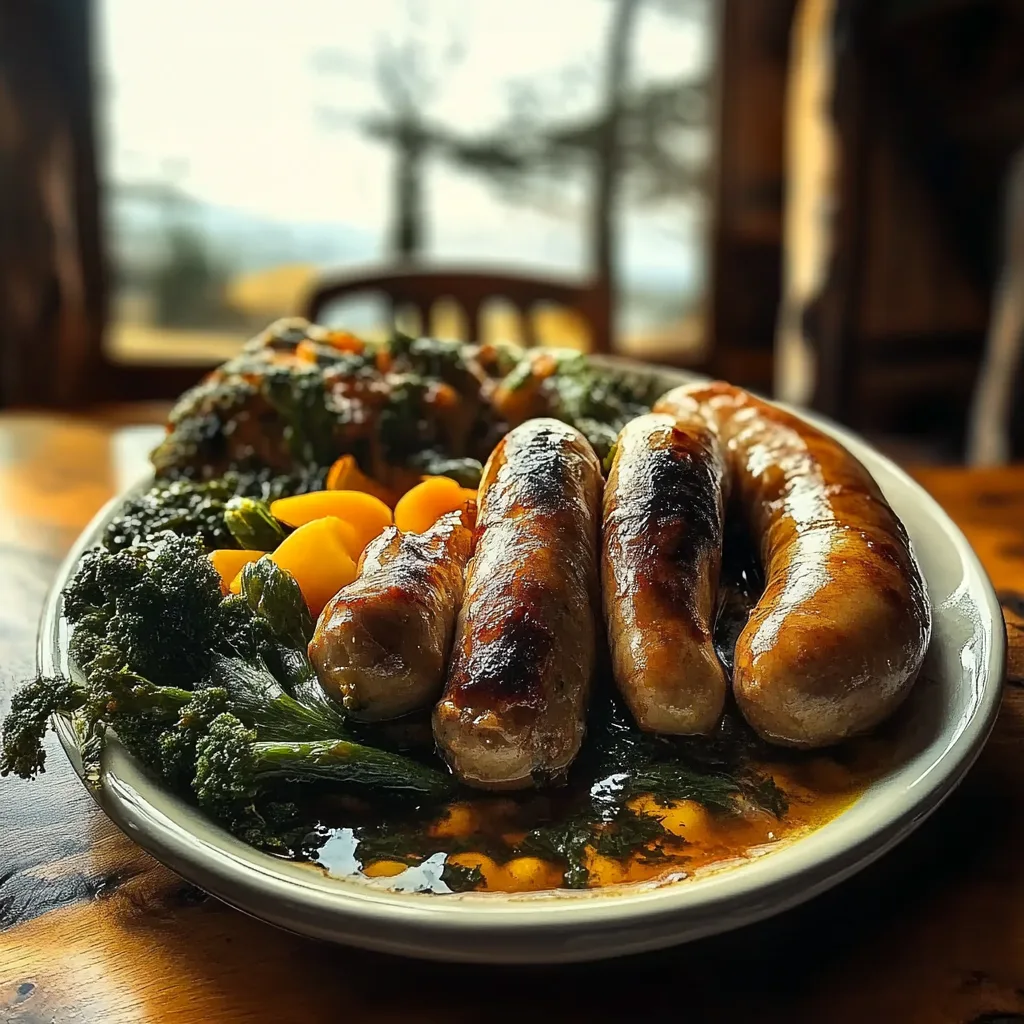
Ingredients You’ll Need for Beef Sausage
Before we jump into the process, here’s a quick rundown of what you’ll need to make these beef sausages. Gather the ingredients, and you’re ready to go.
For the Sausage:
- 2 pounds ground beef (preferably 80/20 for the perfect fat-to-meat ratio)
- 1/2 cup crushed ice (helps keep the sausage mixture cold, ensuring better texture)
- 1/4 cup finely chopped onion
- 3 cloves garlic, minced
- 1 tablespoon paprika
- 1 tablespoon ground black pepper
- 1/2 teaspoon cayenne pepper (optional, for a bit of heat)
- 1 teaspoon dried thyme
- 1 teaspoon salt (or to taste)
- 1/2 teaspoon ground coriander
- 1/2 teaspoon ground fennel seeds
- 1/4 teaspoon crushed red pepper flakes (optional, for extra spice)
- 1/4 cup beef broth (or water)
- Sausage casings (natural hog casings are best, but you can also use synthetic casings)
Equipment:
- Meat grinder (or a food processor if you don’t have a grinder)
- Sausage stuffer (optional, but makes things easier)
- Large mixing bowl
- Sharp knife
- Cutting board
- Kitchen twine (for tying sausages)
How to Make Homemade Beef Sausage
Now that we’ve got our ingredients all ready, let’s dive into the process of making these juicy beef sausages.
Step 1: Prepare the Meat
Start by choosing the right cut of beef. You’ll need a cut with a good amount of fat to make the sausage juicy and flavorful. Ground beef with an 80/20 fat-to-meat ratio is perfect, but you can experiment with different cuts to suit your preferences. You could go for chuck or brisket, both of which will give you a nice texture and flavor.
Once you have your beef, it’s time to grind it. If you have a meat grinder, great! Simply grind the beef twice to get a finer texture. If you don’t have a grinder, a food processor works just fine—pulse the meat until it’s finely ground, but be careful not to over-process it.
Step 2: Keep the Meat Cold
This part is key to making the perfect sausage. Cold meat holds its shape better and prevents the fat from melting too quickly during mixing. To keep things chill, you’ll want to place your ground beef into a bowl set inside a larger bowl filled with ice. This keeps the meat at the ideal temperature for mixing.
Step 3: Mix the Seasonings
Now it’s time to add all those wonderful spices that will give the sausages their flavor. In a small bowl, combine the paprika, black pepper, cayenne pepper, thyme, coriander, fennel seeds, red pepper flakes, and salt. Mix them together, then sprinkle this seasoning mix over the ground beef.
Add the minced garlic, chopped onions, and a little bit of beef broth (or water). Use your hands (or a spatula) to mix everything together thoroughly. It’s important to mix until the spices are evenly distributed, but be careful not to overwork the meat, or your sausages might turn out tough.
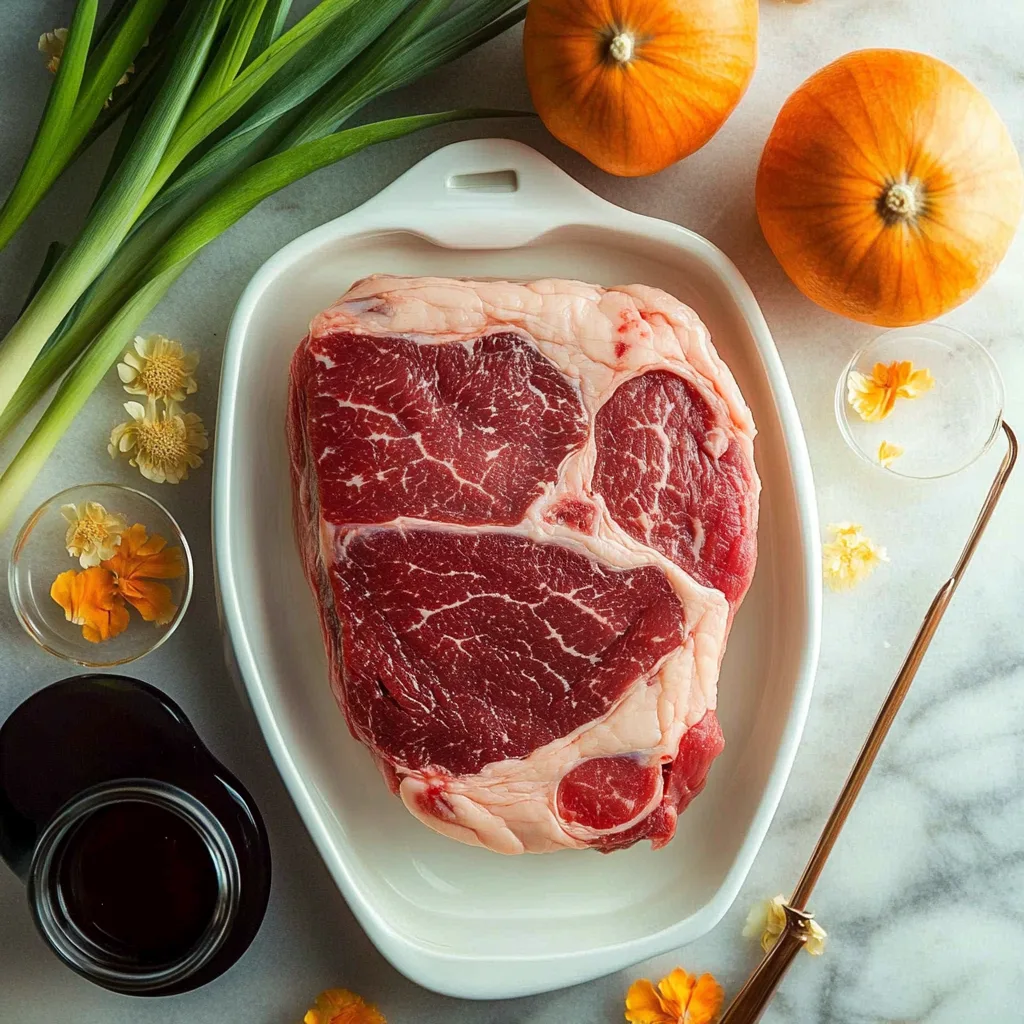
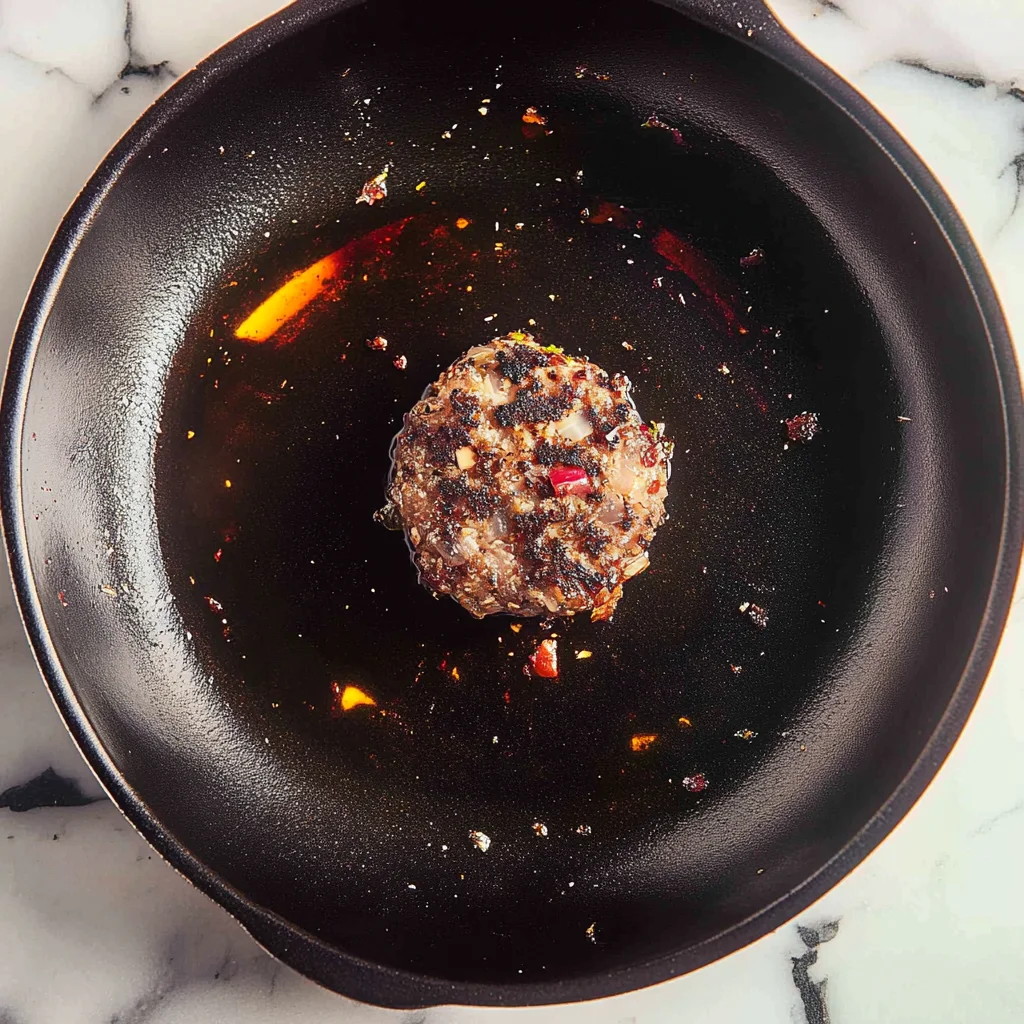
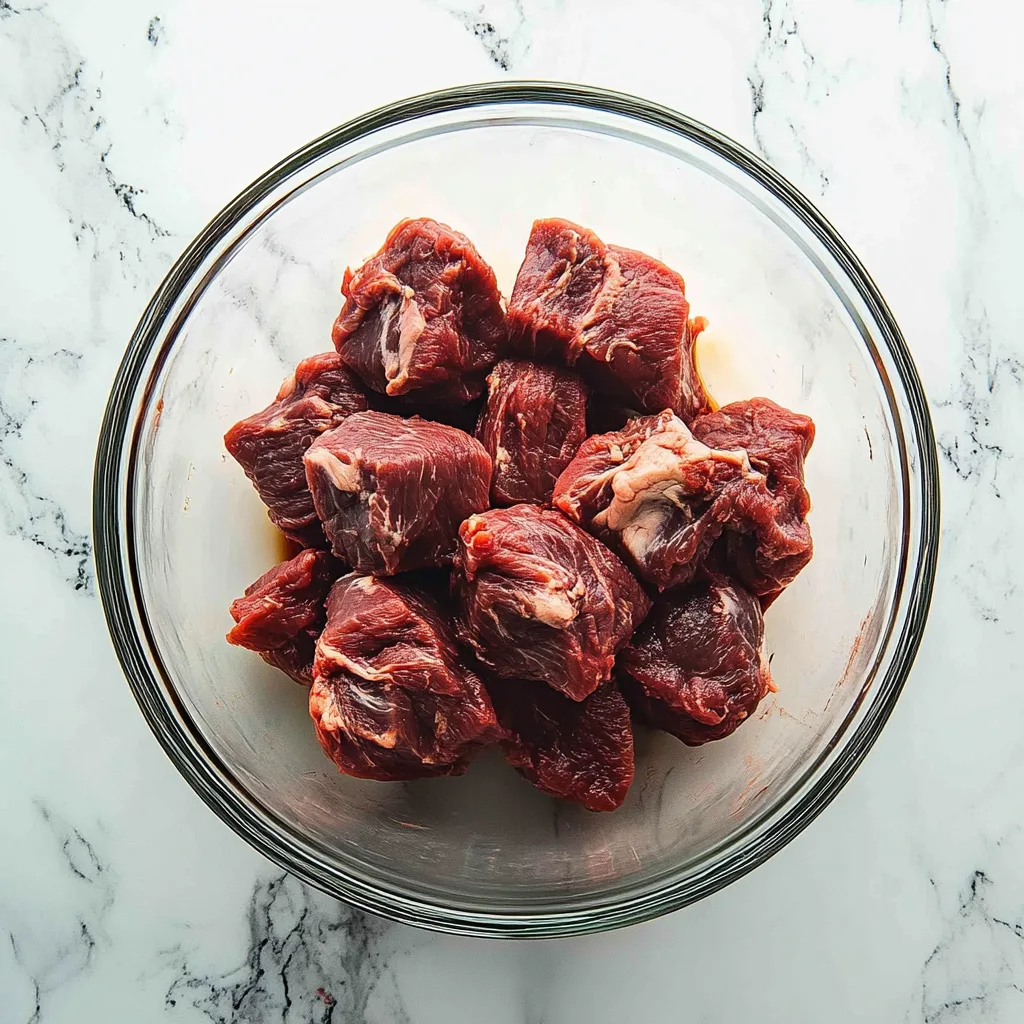
Step 4: Stuff the Sausage Casings
Once the meat is seasoned and mixed to perfection, it’s time to stuff it into your sausage casings. First, rinse the casings under cold water to remove any excess salt, and then slide them onto the sausage stuffer tube (or a funnel if you’re using one). Tie a knot at the end of each casing.
If you have a sausage stuffer, use it to gently stuff the meat mixture into the casings. Be sure to pack the meat tightly but not too tightly, as you want to leave some room for the sausages to expand while cooking. Twist the sausages into links, and then tie off the open end with kitchen twine. If you don’t have a sausage stuffer, don’t worry—use a funnel and a spoon to stuff the casings by hand.
Step 5: Twist and Tie
Once the sausages are stuffed, twist them into links every 6–8 inches. Tie off the ends with kitchen twine to secure the sausages. This step helps ensure the sausages hold their shape while they cook.
Step 6: Cook the Sausages
Now that your sausages are all prepped, it’s time to cook them! There are a few different methods you can use to cook your homemade beef sausages. Here are three popular ways:
Grilling:
Heat up your grill to medium heat and place the sausages on the grill. Cook them for about 8–10 minutes, turning occasionally until they’re nicely browned and cooked through. Be sure to check the internal temperature—it should reach 160°F (71°C) for beef sausages.
Pan-Frying:
Heat a little oil in a skillet over medium heat. Add the sausages and cook for about 8–10 minutes, turning occasionally to brown all sides. Again, make sure the internal temperature reaches 160°F.
Baking:
Preheat your oven to 375°F (190°C). Place the sausages on a baking sheet and bake for about 20–25 minutes, turning halfway through. This method is great if you’re making a large batch of sausages.
Step 7: Serve and Enjoy!
Once the sausages are cooked, it’s time to dig in! Serve them hot with your favorite sides, like mashed potatoes, grilled vegetables, or a fresh salad. They’re also great in sandwiches or paired with some mustard and pickles for a simple snack.
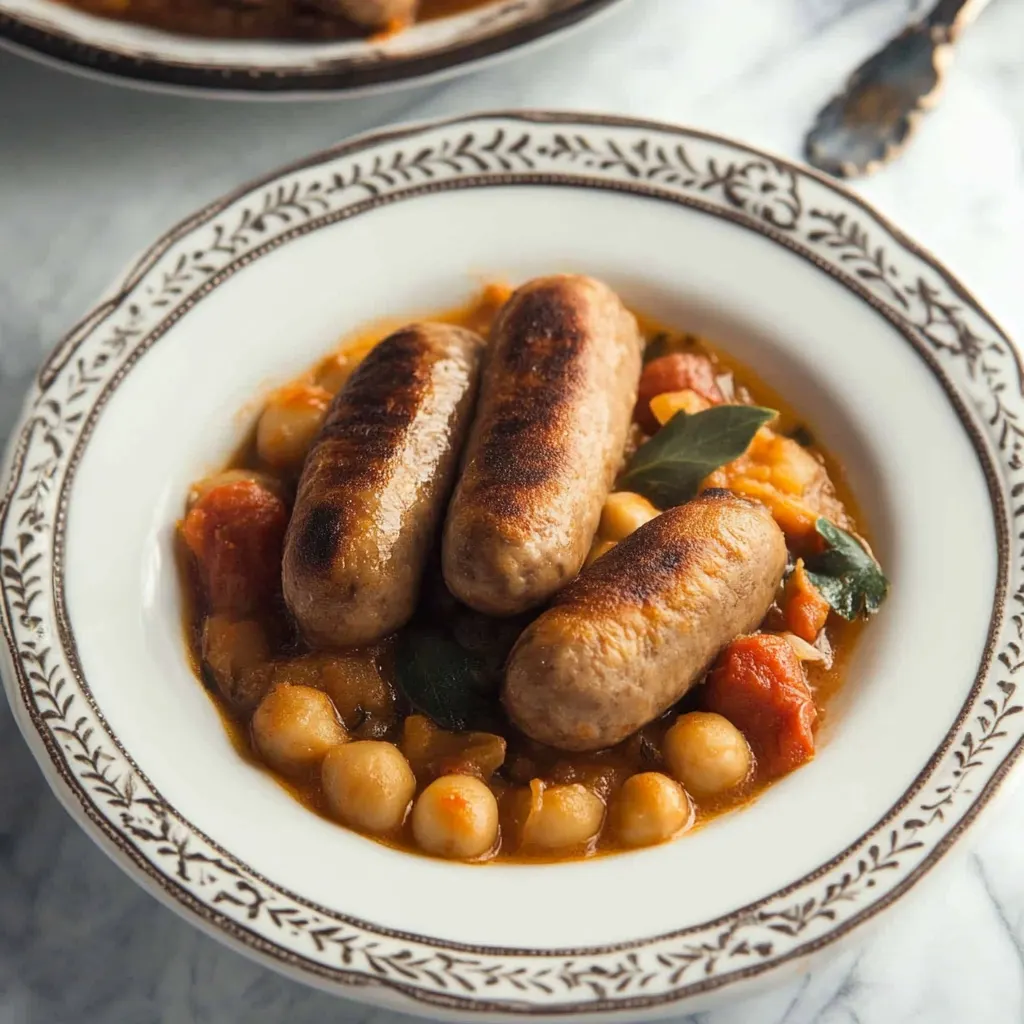
Why Beef Sausages Are So Popular
Beef sausages are a staple in many cuisines worldwide, and it’s easy to see why. The rich, savory flavor of beef combined with the spices and seasonings creates a comforting and satisfying dish. Whether grilled, pan-fried, or baked, beef sausages have a hearty texture and can easily be paired with a wide variety of dishes.
Plus, they’re versatile. You can make them as spicy or mild as you like, and they’re great for breakfast, lunch, or dinner. The possibilities are endless, and once you master making your own, you’ll never want to go back to store-bought again.
Tips for Perfect Beef Sausage Every Time
- Use the right beef-to-fat ratio: Aim for an 80/20 ratio of beef to fat. Too lean, and your sausages will be dry; too fatty, and they’ll be greasy.
- Keep everything cold: Cold meat and equipment will help you achieve the best texture.
- Don’t overmix: Overworking the meat can lead to tough sausages, so mix gently and just until combined.
- Experiment with flavors: Don’t be afraid to try different spices and herbs to find your perfect sausage blend.
- Test your sausages: Before cooking the entire batch, cook a small piece of sausage to check for seasoning and flavor.
Nutritional Facts (Per Serving)
- Calories: 250
- Protein: 16g
- Total Fat: 20g
- Saturated Fat: 8g
- Cholesterol: 60mg
- Carbohydrates: 1g
- Fiber: 0g
- Sugar: 0g
- Sodium: 400mg
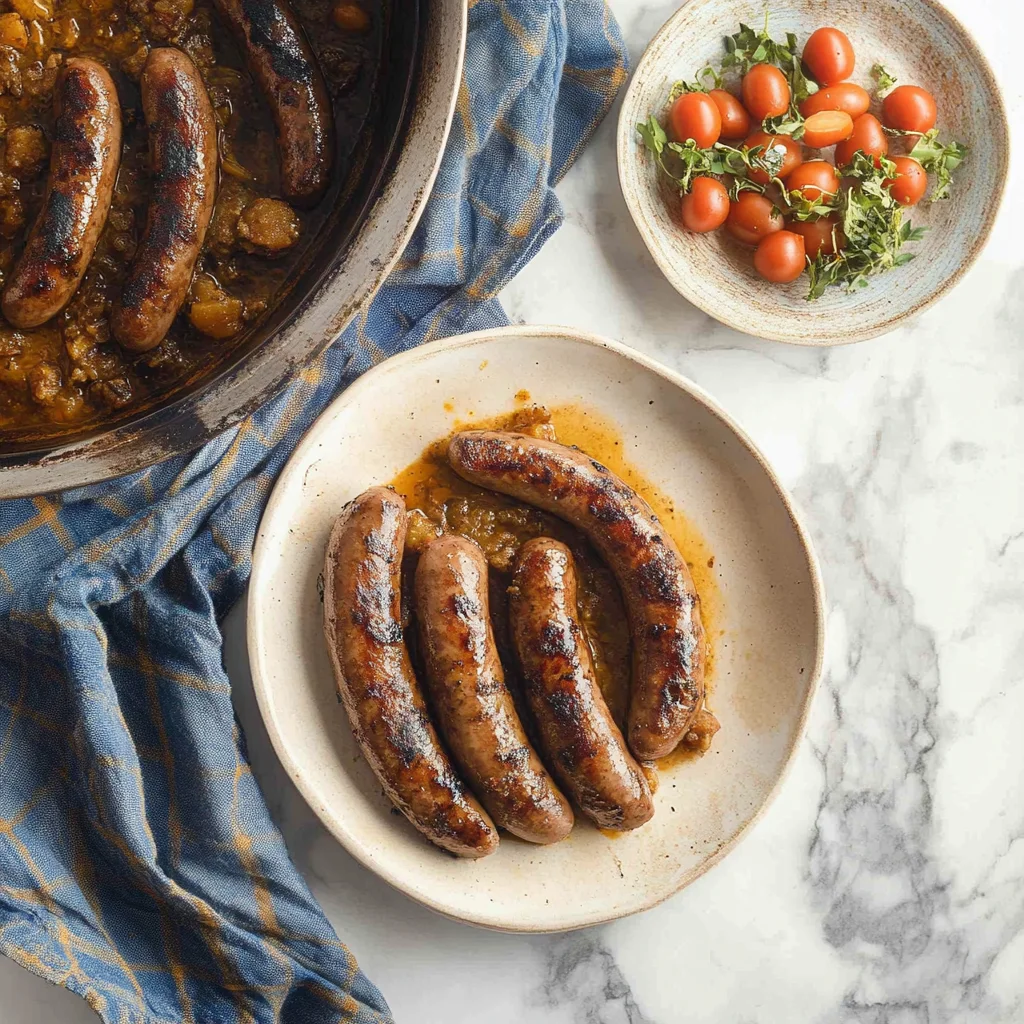
Conclusion
Making your own beef sausage is easier than you might think and so much more rewarding than buying pre-made sausages. The flavor, the texture, and the satisfaction of creating something from scratch will have you hooked from the first bite. So, gather your ingredients, follow these steps, and treat yourself (and your friends and family) to some seriously tasty homemade. So, gather your ingredients, follow these steps, and treat yourself (and your friends and family) to some seriously tasty homemade beef sausages.
FAQs
What is the best way to cook beef sausages?
The best way to cook beef sausages depends on your preferences, but grilling, pan-frying, and baking are all great options. For grilling, preheat the grill to medium heat and cook the sausages for about 8–10 minutes, turning them occasionally until golden brown and cooked through. If pan-frying, heat a little oil in a skillet over medium heat and cook the sausages for 6–8 minutes, turning them to ensure even cooking. Alternatively, bake sausages in a preheated oven at 375°F (190°C) for 25–30 minutes, turning halfway through. Always make sure the internal temperature reaches 160°F (71°C) to ensure they’re fully cooked.
What goes well with beef sausage?
Beef sausages pair well with a variety of sides and condiments. Classic options include sautéed onions, bell peppers, mashed potatoes, or roasted vegetables. For something lighter, try serving them with a fresh salad, sautéed greens, or pickles. Mustard, sauerkraut, and grilled bread (like a baguette or bun) are excellent condiments to complement their savory flavor.
What kind of sausage can be made from beef?
Beef sausages can be made into a wide variety of styles, including Italian sausages, chorizo, breakfast sausages, and bratwurst. They can be seasoned with herbs, spices, or even cheeses for unique flavors.
Are ground beef and beef sausage the same thing?
No, ground beef and beef sausage are not the same. Ground beef is simply beef that’s minced, while beef sausage is a seasoned mixture of ground beef, fat, spices, and sometimes fillers (like breadcrumbs or rice). Sausages are often encased in a natural or synthetic casing.

